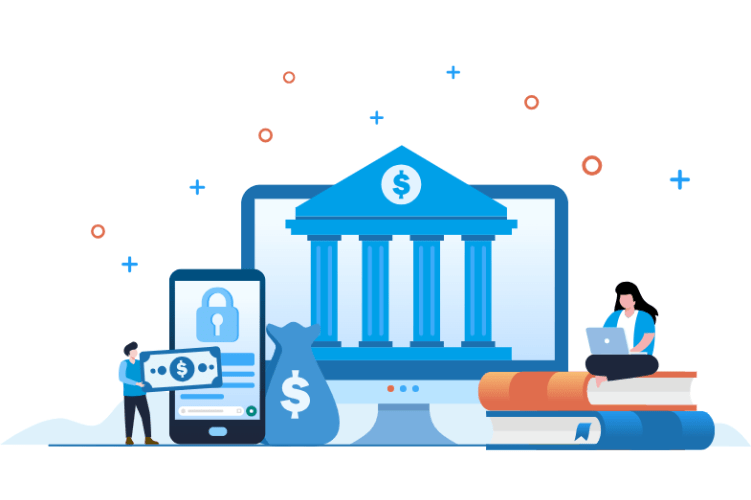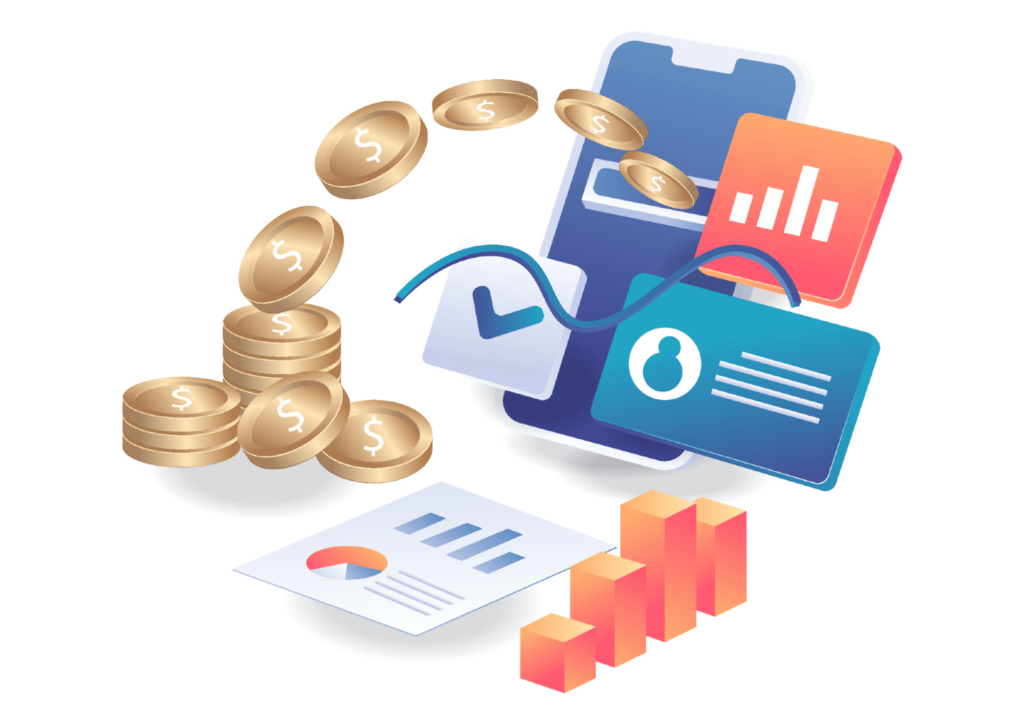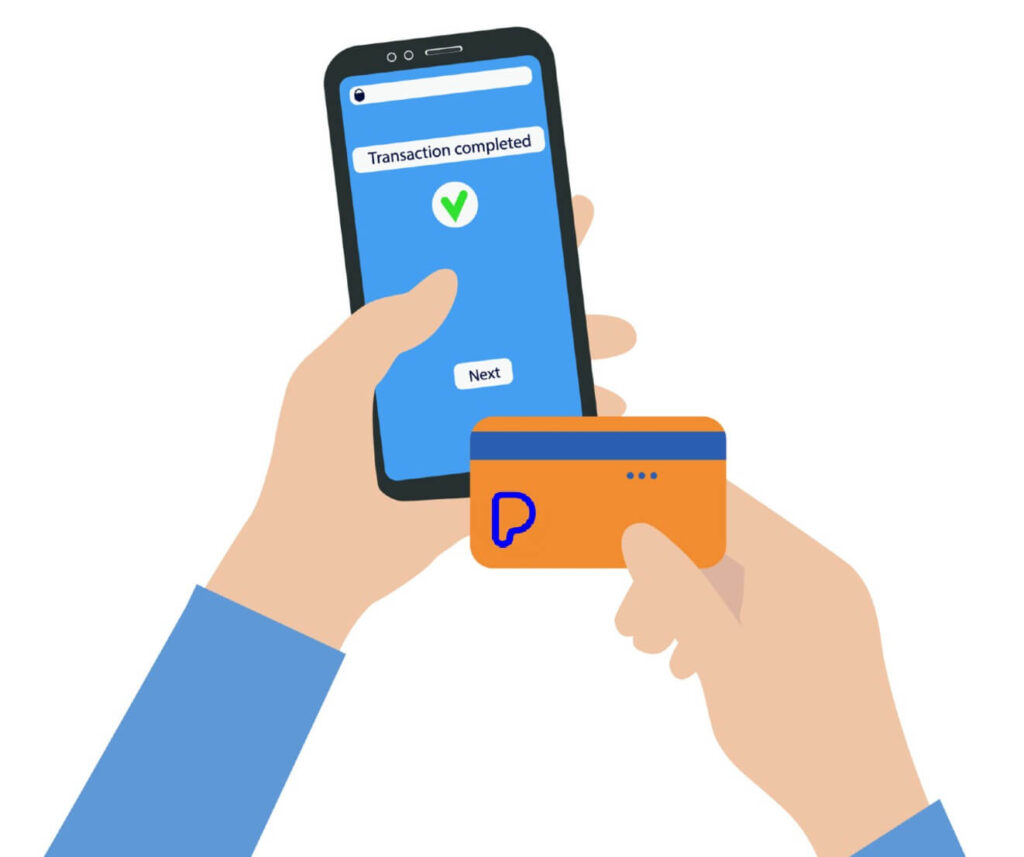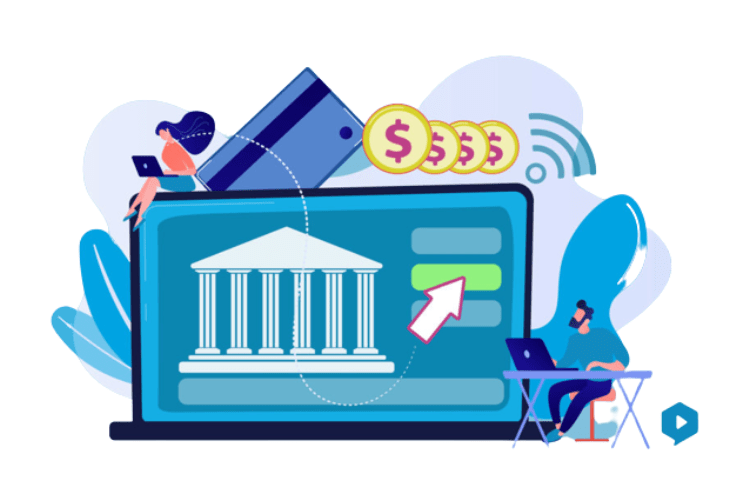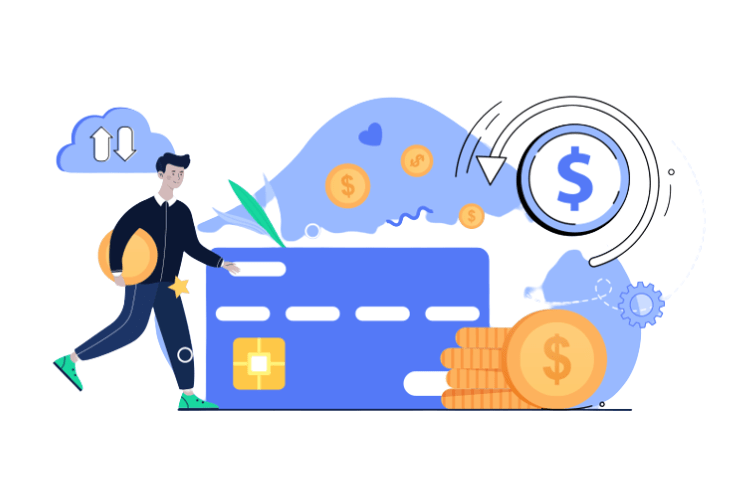I. Introduction
In recent years, open banking has emerged as a disruptive force in the financial services industry. This new model of banking allows third-party providers to access bank data and services, leading to new innovations in payments, financial management, and more. Open banking is transforming the way consumers and businesses interact with financial services, and is playing a critical role in the evolution of payments.
This article will examine the role of open banking in the evolution of payments. We will begin by explaining the concept of open banking and providing a brief history of payments evolution. We will then explore how open banking is changing the payments landscape, including the impact on traditional banks and financial institutions, the benefits for consumers and businesses, the challenges and risks associated with open banking, and the use cases and innovations in payments that have emerged as a result of open banking. Finally, we will discuss the future of open banking and payments, including emerging trends and predictions, opportunities for collaboration and partnership, and the broader implications for the financial services industry.
A. Explanation of Open Banking
Open banking is a financial services model that allows third-party providers to access bank data and services through APIs (application programming interfaces). This enables fintechs and other innovators to create new products and services that leverage bank data and functionality. Open banking is often associated with the PSD2 (Payment Services Directive 2) regulation in the European Union, which requires banks to provide API access to third-party providers.
The goal of open banking is to increase competition and innovation in the financial services industry. By enabling third-party providers to access bank data and services, open banking creates new opportunities for fintechs, startups, and other innovators to build products that meet the needs of consumers and businesses.
B. Brief History of Payments Evolution
The history of payments can be traced back to ancient times, when people used bartering and trading to exchange goods and services. Over time, various payment systems emerged, including coins, banknotes, and checks. In the 20th century, electronic payment systems like credit cards and wire transfers became prevalent, and the rise of the internet led to the emergence of online payment systems like Payine.
Today, we are seeing the next phase of payments evolution, driven by technologies like blockchain, mobile devices, and APIs. Open banking is playing a critical role in this evolution, enabling new forms of payment and financial management.
C. Overview of How Open Banking is Changing the Payments Landscape
Open banking is changing the payments landscape in a number of ways. By enabling third-party providers to access bank data and services, open banking is leading to new innovations in payment initiation, account aggregation, and more. Consumers and businesses are benefiting from faster, more convenient payments, and greater control over their financial data.
II. Open Banking and the Payments Industry
A. Impact of Open Banking on Traditional Banks and Financial Institutions
Open banking is having a significant impact on traditional banks and financial institutions. With the rise of open banking, banks are no longer the only players in the financial services industry. Fintechs and other innovators are now able to build products and services that leverage bank data and functionality, often with greater agility and innovation than traditional banks can offer.
To remain competitive, traditional banks are having to adapt to the open banking model. This often means developing their own APIs and partnering with fintechs to build new products and services. Some banks are also creating their own fintech subsidiaries or acquiring existing fintech companies.
B. Benefits of Open Banking for Consumers
Consumers are benefiting greatly from the rise of open banking. With open banking, consumers can access a wider range of financial products and services, often at lower cost and with greater convenience. For example, consumers can use open banking to connect their bank accounts to personal finance management apps, enabling them to track their spending and budgeting more effectively. They can also use open banking to access loans and credit products that are better tailored to their specific needs and financial circumstances.
Another key benefit of open banking for consumers is increased control over their financial data. With open banking, consumers can choose to share their financial data with third-party providers only when they want to, and they can revoke access at any time. This gives consumers greater transparency and control over their financial data, which can help build trust and confidence in the financial services industry.
C. Advantages of Open Banking for Businesses
Open banking is also benefiting businesses, particularly small and medium-sized enterprises (SMEs). With open banking, businesses can access a wider range of financial products and services, often at lower cost and with greater convenience. For example, businesses can use open banking to access loans and credit products that are better tailored to their specific needs and financial circumstances.
Another key advantage of open banking for businesses is increased efficiency and automation. With open banking, businesses can automate many of their financial processes, such as invoice reconciliation and payment processing. This can help reduce manual errors and administrative costs, freeing up time and resources to focus on core business activities.
III. Challenges and Risks of Open Banking
While open banking is bringing significant benefits to consumers and businesses, it also presents a number of challenges and risks.
A. Security and Privacy Concerns
One of the main concerns with open banking is security and privacy. With open banking, third-party providers have access to sensitive financial data, which can be a tempting target for hackers and cybercriminals. To mitigate this risk, regulators are imposing strict security standards on third-party providers, and banks are required to provide secure API access to protect customer data.
Privacy is another concern with open banking. Consumers may be hesitant to share their financial data with third-party providers, even if they stand to benefit from new products and services. To address this concern, regulators are requiring third-party providers to obtain explicit consent from consumers before accessing their financial data, and to provide clear and transparent information about how that data will be used.
B. Regulatory Hurdles and Compliance Issues
Open banking is also facing a number of regulatory hurdles and compliance issues. In order to comply with PSD2 and other regulations, banks and third-party providers must meet strict technical and operational requirements, such as strong customer authentication and transaction monitoring. This can be a significant challenge for smaller fintechs and startups, who may lack the resources to meet these requirements.
C. Competitive Pressures and Market Disruption
Open banking is also causing significant disruption in the financial services industry, particularly for traditional banks. Fintechs and other innovators are able to build new products and services more quickly and efficiently than traditional banks, often at lower cost. This is putting pressure on traditional banks to adapt to the open banking model, or risk losing market share to more agile competitors.
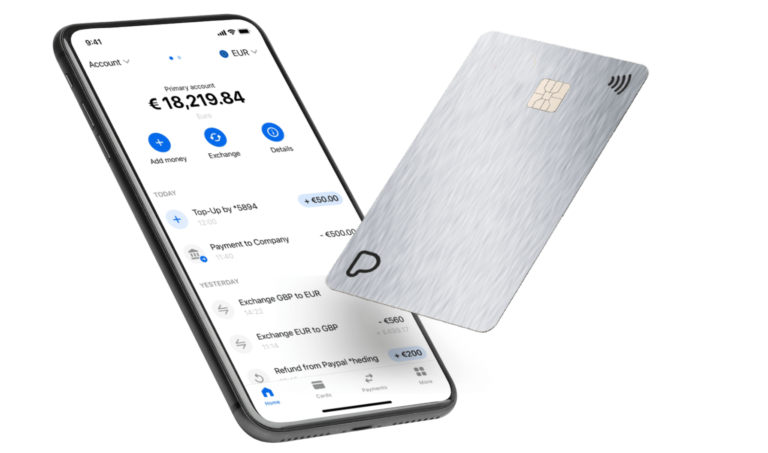
IV. Open Banking Use Cases and Innovations in Payments
Despite the challenges and risks associated with open banking, a number of use cases and innovations have emerged in the payments space.
A. Payment Initiation and Account Aggregation
One of the key use cases for open banking is payment initiation. With open banking, third-party providers can initiate payments directly from a customer’s bank account, without the need for a separate payment gateway. This can help streamline the payments process and reduce costs for merchants and consumers.
Another key use case for open banking is account aggregation. With open banking, consumers can connect multiple bank accounts to a single app or platform, enabling them to view all of their financial data in one place. This can help consumers manage their finances more effectively, and can also enable third-party providers to offer personalized financial products and services.
B. Digital Wallets and Mobile Payments
Digital wallets and mobile payments are another area of innovation enabled by open banking. With open banking, consumers can link their bank accounts to digital wallets and mobile payment apps, enabling them to make payments with just a few clicks on their smartphone. This can provide greater convenience and speed for consumers, and can also enable merchants to accept payments more easily and securely.
C. Peer- to- Peer (P2P) Payments and Cross- Border Transactions
Open banking is also enabling new models of peer-to-peer (P2P) payments and cross-border transactions. With open banking, consumers can send and receive payments directly to and from other consumers, without the need for a traditional intermediary like a bank or payment processor. This can enable faster and cheaper P2P payments, particularly for small amounts.
Open banking is also facilitating cross-border payments and remittances. With open banking, consumers can send and receive payments across borders more easily and at lower cost than traditional methods, which can involve high fees and long processing times.
D. Blockchain and Distributed Ledger Technology (DLT)
Finally, open banking is also driving innovation in blockchain and distributed ledger technology (DLT). With open banking, blockchain and DLT can be used to create more secure and efficient payment systems, enabling faster and cheaper payments with greater transparency and accountability.
V. Future of Open Banking and Payments
Looking to the future, open banking is expected to continue to drive innovation and disruption in the financial services industry. Some of the emerging trends and predictions include:
Greater adoption of open banking in other countries and regions, beyond Europe where it originated.
Increased collaboration between banks and fintechs, as banks seek to leverage fintech innovation and fintechs seek to tap into banks’ customer bases and infrastructure.
Greater focus on data analytics and AI, as banks and third-party providers seek to extract insights and value from the vast amounts of financial data now available.
Continued innovation in blockchain and DLT, as these technologies become more mainstream and are applied to new use cases in the payments space.
VI. Conclusion
In conclusion, open banking is changing the payments landscape in significant ways, enabling new products and services that provide greater convenience, efficiency, and security for consumers and businesses. While there are challenges and risks associated with open banking, the benefits are clear, and the potential for innovation and disruption in the financial services industry is enormous. As the adoption of open banking continues to grow, we can expect to see even more exciting developments in the payments space in the years ahead.
As a final recommendation, we encourage readers to explore the Payine Open Banking, and to consider how they might benefit from these innovations in their own financial lives. Whether you are a consumer looking for better ways to manage your finances, or a business seeking to streamline your payments processes, open banking has something to offer. So don’t miss out on this exciting new frontier in the world of payments!
How can Payine help you?
Payine.com is a platform that offers open banking services, which can help businesses in several ways. Here are some of the benefits that businesses can get from using Payine’s open banking platform:
Faster payments:
With Payine’s open banking platform, businesses can make and receive payments quickly and securely. This can help businesses speed up their payment processes and improve cash flow.
Better financial insights:
Payine’s open banking platform allows businesses to access real-time financial data from multiple sources, which can help them gain a better understanding of their financial position. This can help businesses make more informed decisions and manage their finances more effectively.
Reduced costs:
By using Payine’s open banking platform, businesses can reduce the costs associated with traditional payment methods such as checks or wire transfers. The platform also offers competitive exchange rates, which can help businesses save money on foreign currency transactions.
Improved security:
Payine’s open banking platform uses strong encryption and other security measures to protect sensitive financial information, which can help businesses reduce the risk of fraud and other security breaches.
Enhanced customer experience:
Payine’s open banking platform allows businesses to offer their customers a range of payment options, including card payments, e-money transfers, and mobile payments. This can help businesses improve the customer experience and increase customer loyalty.
In summary, Payine’s open banking platform can help businesses by providing faster payments, better financial insights, reduced costs, improved security, and enhanced customer experience.
